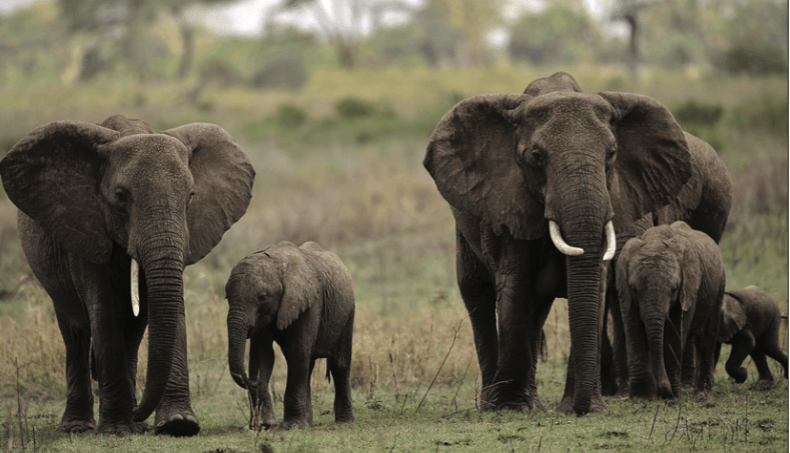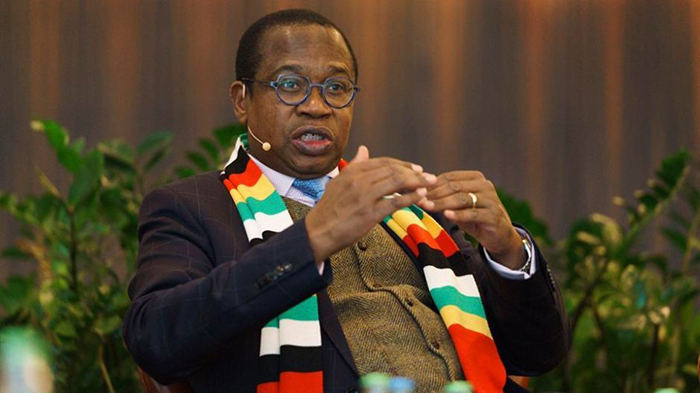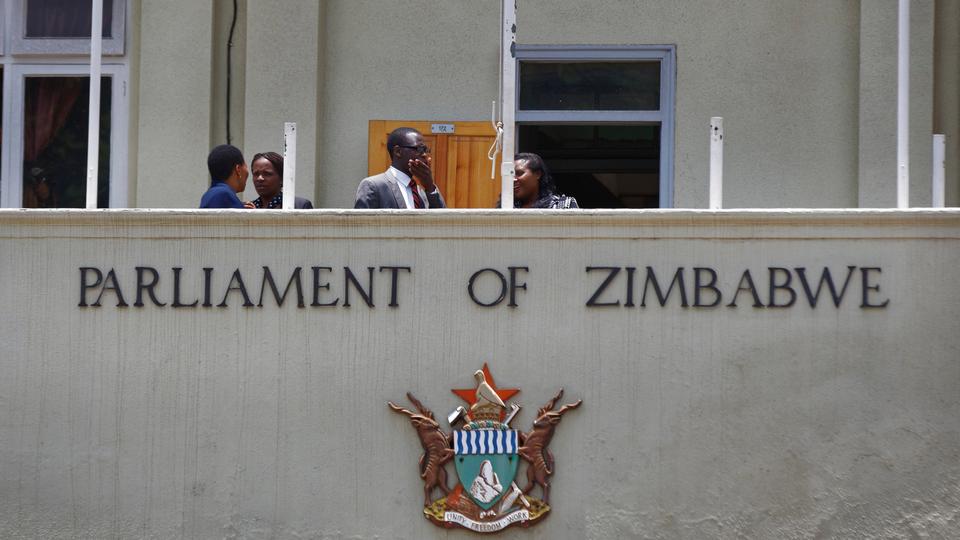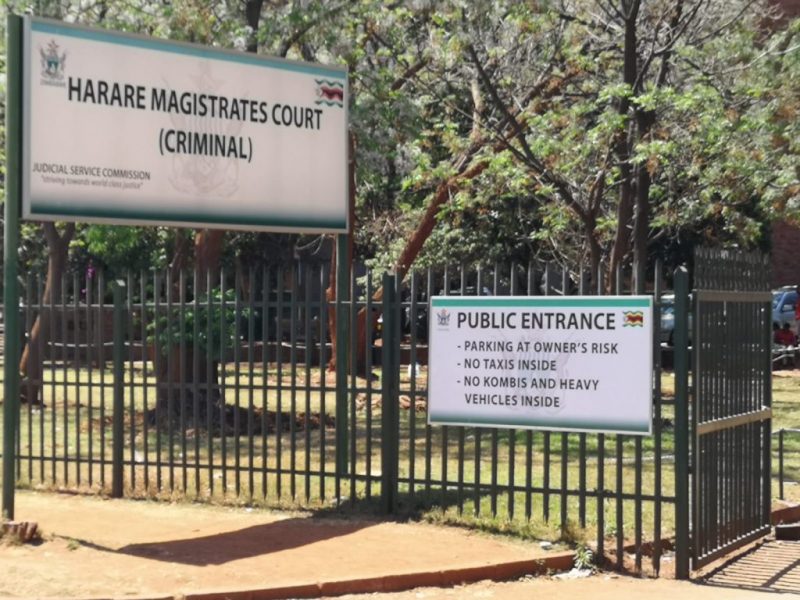
View From Matopos
The recent hosting of the Kasane Elephant Summit comes at a time when sustainable utilisation of wildlife is under threat from western sponsored anti-use lobby groups.
Some of the African countries that have been captured by the western sponsored anti-use lobby groups includes Kenya, Burkina Faso, Benin, Nigeria, Niger, Chad and Uganda just to mention a few.
Interestingly some of the countries being used as pawns have zero elephant population as a result of years of mismanagement.
Strong wildlife management practices have, however, seen the elephant populations in Zimbabwe, Botswana, Namibia and South Africa increasing over the years.

As part of the west’s broader strategies to derail sustainable utilisation of wildlife, the USA and Australia have banned the importation of sport-hunted elephant trophies.
- Chamisa under fire over US$120K donation
- Mavhunga puts DeMbare into Chibuku quarterfinals
- Pension funds bet on Cabora Bassa oilfields
- Councils defy govt fire tender directive
Keep Reading
Australia has also added onto its basket lion trophies.
The coming together of the four presidents, who are home to the largest elephant population in support of sustainable utilisation at the Kasane Summit, was quite reassuring to the communities sharing boundaries with wildlife and believers in sustainable utilisation of wildlife and a turning point for Botswana.
Head of States who made it to the critical summit included Zimbabwe’s President Emmerson Mnangagwa, Zambia’s Edgar Lungu, Namibia’s Hage Geingob and the host Mokgweetsi Masisi.
Had it not been for the election in South Africa, President Cyril Ramaphosa would have joined his peers.
At this juncture, it is worth noting that the summit could not have been held at an appropriate venue other than Botswana which, under the leadership of Ian Khama, had also been captured by the anti-sustainable utilisation groups.
During the 17th CITES meeting held in Johannesburg, South Africa in 2016, Botswana voted for the up-listing of the Southern Africa elephant populations to CITES Appendix 1. Species listed under this criteria are those considered to be “threatened with extinction” and cannot be traded.
Under the presidency of Mogkweetsi Masisi we have seen Botswana shifting goals and join the rest of SADC in support of the principle of sustainable utilisation of wildlife.
And indeed Botswana chose to make that bold statement through the hosting of the Kasane Elephant Summit.
In the run up to the Kasane Summit, Botswana Minister of Environment, Natural Resources Conservation and Tourism, Onkokame Mokaila underscored that the summit was to set the tone towards a common southern African vision for the management of elephants.
He castigated western countries and animal rights groups of trying to dictate to Africa on how it should manage and use its wildlife, warning that if Africans do not use their wildlife they would remain beggars forever.
Zimbabwe has been consistent in its fight to defend the principle of sustainable utilisation because this remains the major source of funding for conservation.
In other words Zimbabwe firmly subscribes to the philosophy of sustainable utilisation of its wildlife resources as opposed to a protectionist approach which does not bring any direct benefits to the rural communities who face the brunt of living with the perennial problem of human wildlife conflict.
President Mnangagwa aptly captured the spirit of the Kasane Summit on his Twitter handle summing it up as follows: “At the Kasane Elephant Summit, we worked to develop a common regional position on elephant management, and called to be able to trade and better benefit from our natural endowments so they may help us to eradicate poverty and improve the quality of life for rural communities.”
Zimbabwe’s elephant population is estimated at above 80 000 spreading across North West Matabeleland, Sebungwe, Mid Zambezi Valley and South East Low Veld. Parks estates account for 13,1% of Zimbabwe’s land. In addition it also has 58 Campfire districts involved in conservation bringing the total to 30% of the country’s State land which is dedicated to wildlife conservation. About 20% of Zimbabwe’s State land conducts hunting safaris.
Zimbabwe is faced with serious cases of human-wildlife conflict in those communities sharing boundaries with park estates. For the poor rural communities, the elephant does nothing but destroys their crops, houses and ruins their livelihoods including loss of life. Other elephant-damages as reported by communities include depletion of water sources, destruction of water infrastructure, reduced grazing land and restricted access to essential commodities such as firewood. These losses in Zimbabwe have over the years been neutralised by the economic benefits derived through Zimbabwe’s sustainable wildlife utilisation policy. See facts below:
- Zimbabwe generated an average of US$22 million from spot hunting between 2013 and 2014;
- Assisted in poverty reduction through community-based natural resources management programmes;
- Provides economic justification for wildlife conservation as a legitimate land use option, thus promoting the retention of State land for wildlife through well regulated trade in wildlife, particularly in the dry regions of the country;
- Generates employment through the wildlife industry (parks, taxidermy, Campfire, dealers e.t.c). The decision by Botswana’s former President Ian Khama to ban trophy hunting left a trail of destruction with a number of communities that were relying on trophy hunting collapsing.
The Botswana government has also in the past two years reportedly lost close to P50 million compensating communities affected by elephant destruction.
Commenting on the hunting ban University of Botswana professor Joseph Mbaiwa told the local media in that country that the hunting ban was not influenced by scientific evidence.
“After the hunting ban, communities were forced to shift from hunting to photographic tourism. Reduced tourism benefits have led to the development of negative attitudes by rural residents towards wildlife conservation and the increase in incidences of poaching in Northern Botswana.
“The implications of the hunting ban suggest that policy shifts that affect wildlife conservation and rural livelihoods need to be informed by socio-economic and ecological research.
This participatory and scientific approach to decision-making has the potential to contribute sustainability of livelihoods and wildlife conservation in Botswana,” Mbaiwa said.
Noteworthy is that trade bans have never produced the desired outcome, but have tended to create a scarcity value at the same time driving the ivory prices through the roof as have been the case with the rhinoceros in the last 40 years.
Such a move helps to deprive nations endowed with elephants the right to benefit from their God given natural resource. It is the desire of these countries to grow the tourism industry so that it contributes to the development of their national economy through sustainable utilisation of those natural resources.
As indicated earlier, there is no tangible evidence that trade bans have ever saved a species from extinction. The rhino species, which is now on the brink of extinction and has been on CITES
Appendix 1 for the last 40 years is a case in point.
In its paper titled Informing decisions on trophy hunting, the International Union for Conservation of Nature also argues that regulated trophy hunting programmes can, and do, play an
important role in delivering benefits for both wildlife conservation and for the livelihoods and wellbeing of indigenous and local communities living with wildlife.











